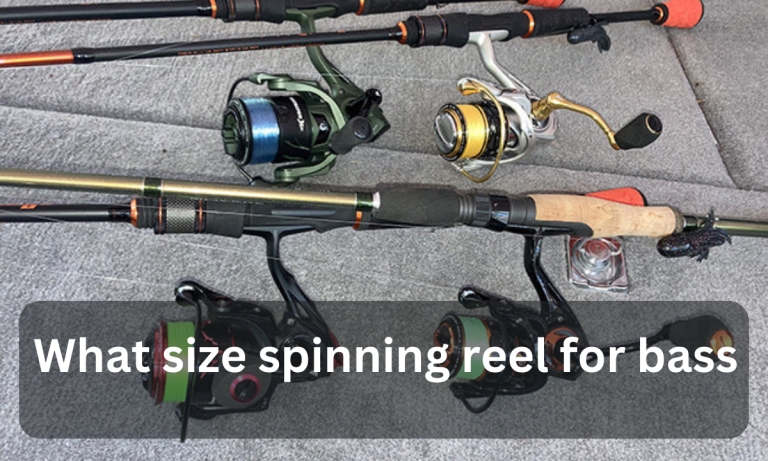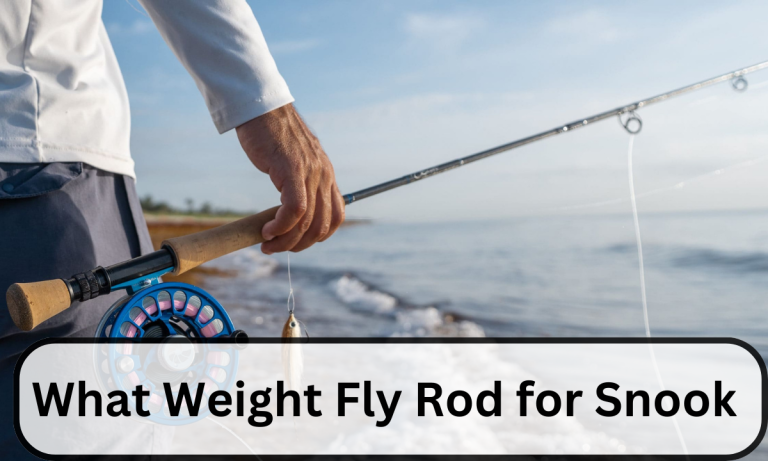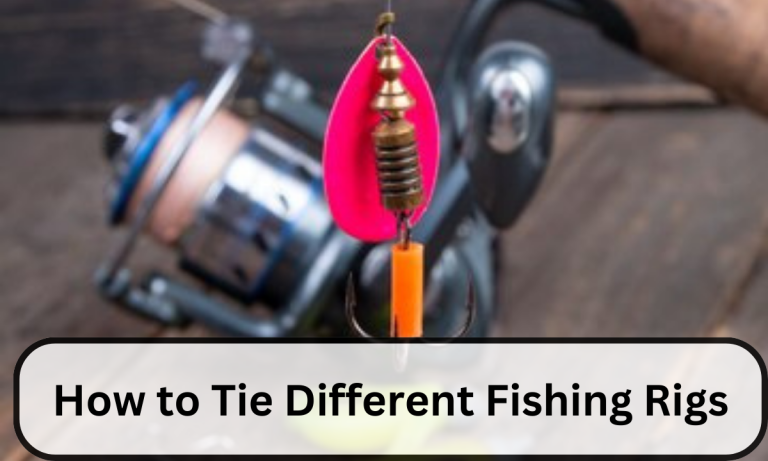How to Fish Wet Flies on Stillwater
How to fish wet flies on Stillwater is a very important discussion topic, especially for novice anglers. It is inter-linked with our previous topic that is, what weight fly rod for snook.
Wet flies are as mandatory as a paintbrush is to an artist or an instrument to a singer. A fisherman cannot imagine going fishing without wet flies in his tackle box. An angler must be a master at how to fish wet flies on Stillwater.
Flyfishing is practiced in many parts of the world as a competition or a pastime. Some time ago, Stillwater fly fishing was not in that much vogue but today it has also earned worldwide fame matter it is a lake, river, pond, or even a dam.
However, for how to fish wet flies on Stillwater, you should have all the required techniques under your belt. Similarly, you should know the water conditions alongside having perfect flies and fishing gear.
Hence, this article is going to help you out a lot more on how to fish wet flies on Stillwater if you are on your journey for the first time.
How to Fish Wet Flies on Stillwater: Why Stillwater?
A fisherman master at fishing on moving water should try Stillwater fishing for the following reasons:
- Stillwater fly fishing is challenging and fun to enable you to land big fish on your dining tables like bass, pike, panfish, and carp.
- You will be on the water even in scorching hot.
- Lakes and reservoirs offer you great fishing opportunities when are unable to fish on moving waters.
- Stillwater fly fishing provides you with opportunities to understand its techniques and tools required for the said purpose. Hence, your time is rightly consumed.
How to Fish Wet Flies on Stillwater: Why Wet Flies?
The design of the wet flies is such that they easily sink the water’s surface to stimulate different aquatic life there. Moreover, the wet flies are considered perfect to draw fish behind them out of any depth even if the water may seem still from the outside. But under the surface, it is full of activity due to these wet flies.
But the anglers are required to take care of a few things:
- Observe the environment to see what insects are around.
- Look what the fish are feeding.
- Try matching the wet fly to the natural food source around to increase the chances of your success.
- Make sure that you understand the fish behavior and water conditions on the given day.
- The wet flies can even be used on a windy day to imitate an insect struggling in the surface film.
How to Fish Wet Flies on Stillwater: Techniques
How to fish wet flies on Stillwater carries the following techniques to draw positive results:
- Retrieval: When you are sure that your wet fly has touched the desired depth, go with slow and steady retrieve. Don’t worry about the weather if it is colder.
- Figure-8– Retrieve: This technique is ideal for closer distances to invite a strike from a nearby fish.
- Line Selection: As far as the line is concerned, it is advised to use an intermediate line to keep the wet fly in a feeding zone for a good period as it is every likelihood that a fish will get attracted.
How to Fish Wet Flies on Stillwater: Other Techniques
Below is the list of advanced techniques for how to fish wet flies on Stillwater:
- Speed Variation: Varying the speed of your retrieval is expected to receive a positive response from a predatory fish.
- Dead Drift: This technique involves casting the fly upstream and moving away with the current where the water is slower and fish less aggressive.
- Swinging and Dangling: The anglers are advised not to pull their fly out of the water when it has reached the end of its drift. Let it keep swinging with the drift. However, it is good to ‘pause and swing’ to attract the attention of the following fish.
- Stripping: This technique also varies according to targeted fish, wet fly being used, and time of the day and year.
Stripping is all about using quick hand movements after having cast the fly. The wet fly moves rapidly like an injured baitfish, through the water.
How to Fish Wet Flies on Stillwater: Equipment
The anglers should take the necessary equipment with them while dealing with how to fish wet flies on Stillwater. The equipment and gear include:
- Lines: It is an open secret that the fish go deeper into the water column when the day is hot. Therefore, the fly you use should be weighted. The lines preferred for that matter include sink-tip or full-sink fly line to take the fly down deep to the striking zone.
- Rod: As regards the rod, you should choose a fly rod which could manage some weight. A standard 9-foot, 5-weight fly rod is sufficient to manage a heavy fly and a sinking line.
For big lake-fish, it is good to take a 6-7 weight fly rod with yourself. Likewise, if you are fishing from a boat, there is nothing wrong with considering a 7-weight fly rod. But when the evening has approached, a light-weight rod of 5-weight will do the job too.
- Footwear and Rain Gear: For how to fish wet flies on Stillwater, it is essential to take care of your footwear.
Use waders while fishing from the shore or in the shallows. Similarly, when the conditions are wet, the anglers should use wading boots. Likewise, if you are out for fishing on high-mountain lakes, don’t forget your rain jacket at home because rain is at a moment’s notice in those conditions.
Other necessary items include:
- Sunglasses
- Polarized sunglasses
- Insect repellent
- Water
- Water filtration bottle
- A comfortable bag-pack.
Summary
Wet fly fishing on Stillwater is an exciting fishing experience for all kind of anglers. It will become more exciting if you are master at following factors:
- Fishing conditions.
- Required wet flies for the fishing expedition.
- Which fish species to target and when to target.
- Fishing techniques for Stillwater.
Hopefully, this article will help you out to achieve your desired results while dealing with how to fish wet flies on Stillwater.
FAQs
- What are wet flies?
Ans. Wet flies are designed in such a way that they easily sink down the water surface to stimulate different aquatic life there. Moreover, the wet flies are considered perfect to draw fish behind them out of any depth even the water may seem still from outside. But under the surface, it is full of activity due to these wet flies.
- What is the equipment for wet fly fishing on Stillwater?
Ans. Lines: It is an open secret that the fish go deeper into the water column when the day is hot. Therefore, the fly you use should be weighted. The lines preferred for that matter include sink-tip or full-sink fly line to take the fly down deep to striking zone.
Rod: As regard the rod, you should choose a fly rod which could manage some weight. A standard 9-feet, 5-weight fly rod is sufficient to manage a heavy fly and a sinking line.
For big lake-fish, it is good to take a 6-7 weight fly rod with yourself. Likewise, if you are fishing from a boat, there is nothing wrong with considering a 7-weight fly rod. But when the evening has approached, a light-weight rod of 5-weight will do the job too.
- Name some effective fly patterns for Stillwater.
Ans. Traditional nymphs, soft hackles and streamers are some fly patterns depending on the region and insect life in the water.






